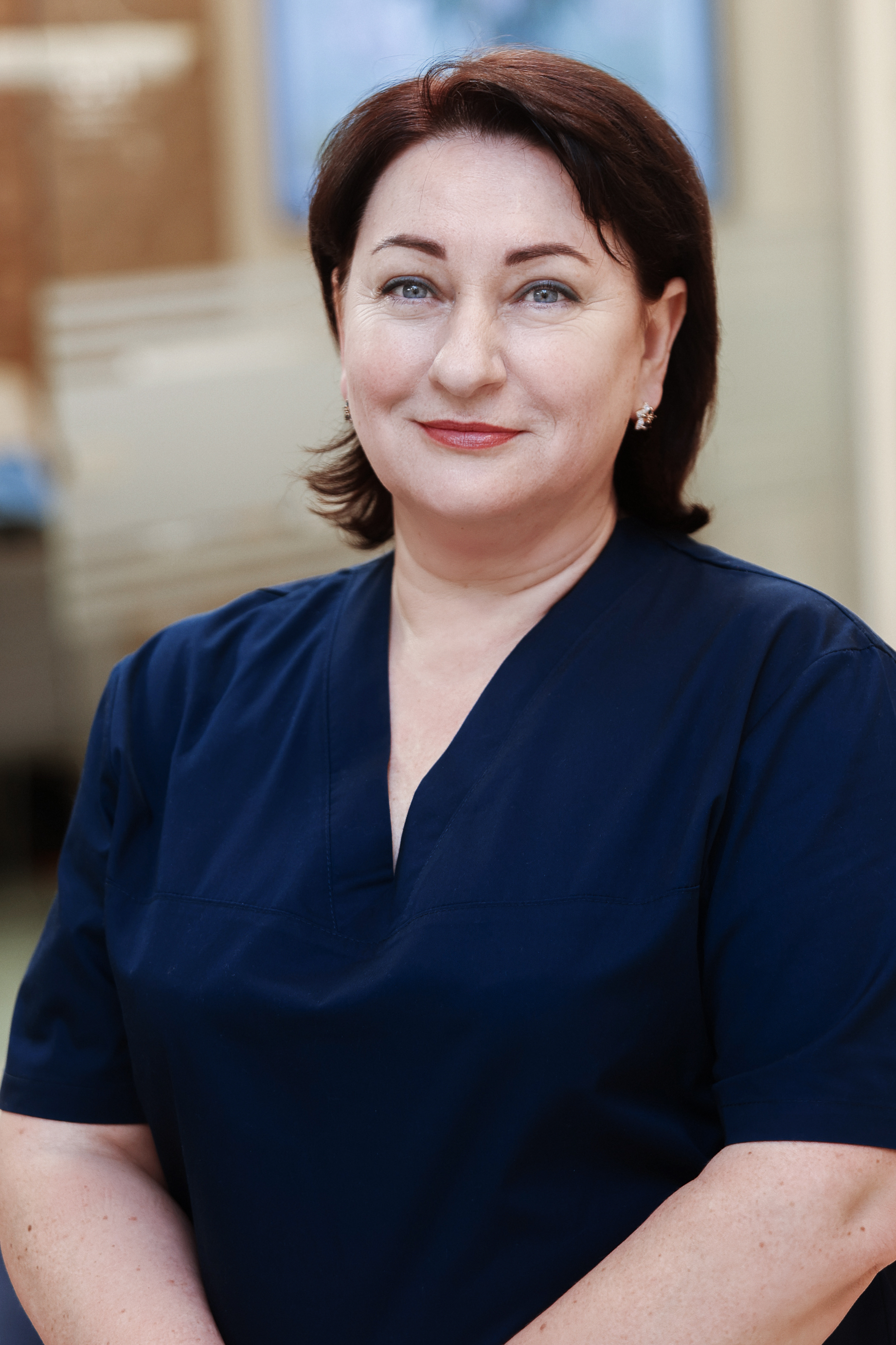Tuberculosis is a potentially serious infectious disease that mainly affects lungs. The disease is caused by the bacteria (bacillus Kochii, Mycobacterium tuberculosis) that are transmitted from person to person by airborne transmission (through microscopic drops emitted into the air during talking, coughing, sneezing, laughing, singing).
Only the people that are in close contact with those infected with tuberculosis are at risk of getting infected with the disease. This can be prevented by detecting tubercular patients, their isolation from other people until they stop being contagious, and the treatment of the former for active or latent tuberculosis.
Although tuberculosis is contagious, it is not easy to catch. You have more chances to catch tuberculosis from a person you live or work with than from an unknown person. Many people with active tuberculosis that have received the relevant medicinal treatment within at least two weeks are not contagious anymore.
Your body can contain the bacteria that cause tuberculosis, but the immune system of a healthy person usually can prevent the disease. That is why doctors make a difference between the following forms:
Latent tuberculosis infection (latent tuberculosis). In this state, there is a tuberculosis infection in the body, but the bacteria remain inactive and do not cause any symptoms. Latent tuberculosis, also called inactive tuberculosis, is not contagious. It can pass into active tuberculosis, that is why treatment is important for a person with latent tuberculosis and helps to control its spread. Of about 2 million people in the world suffer from latent tuberculosis.
Active tuberculosis infection. This form causes the diseases and can be spread to other people. It can happen within the first few weeks after infecting with tuberculosis bacteria or in several years.
Tuberculosis can affect other body parts including kidneys, spine or brain. When tuberculosis emerges outside the lungs, its signs and symptoms vary depending on the organs involved. For example, spinal tuberculosis can cause a back pain, and renal tuberculosis can cause blood in the urine.
Visit a doctor if you have fever, inexplicable weight loss, diaphoresis at nighttime or cough for more than 3 weeks. These are frequent signs of tuberculosis, however, they can also be the signs of other medical problems. Your doctor will prescribe the necessary diagnostic examination to determine the cause.
The examination for the presence of the latent form of tuberculosis is recommended for the people at higher risk of infecting with the disease. The recommendation embraces the following groups of people:
It is important to remember that tobacco use significantly increases the risk of tuberculosis and death from it.
You can take an anonymous test (questionnaire containing 13 questions) approved by the Ministry of Public Health to determine the approximate probability of getting tuberculosis.
If you come to the clinic, a doctor will check your lymph nodes during a physical check-up and will attentively listen to the sounds of your lungs during respiration with an auscultoscope.
A simple skin test (the Mantoux tuberculin skin test) can be used for diagnostic purposes. A small amount of the substance called tuberculin is injected just under the skin of the inner forearm. A medical professional will check the arm for swelling in the place of the injection within 48–72 hours. The size of swelling determines if the test results are significant. The skin test for tuberculosis is not perfect. Sometimes it shows that a person has tuberculosis, although in fact it is not so. It can also indicate that a person does not have tuberculosis when it is present.
Blood tests can be used to confirm or exclude the presence of latent or active tuberculosis. These tests use complex technologies that change the reaction of the immune system for tuberculosis bacteria. The blood test can be useful if a person is at high risk of getting tuberculosis, but has a negative response to the skin test or if a person has got a Bacillus Calmette-Guerin vaccine recently.
Most likely, a doctor will prescribe thoracic X-ray or computerized tomography. It will show changes in lungs.
If the thoracic X-ray shows the signs of tuberculosis, a doctor may take samples of the sputum, which is the mucus released when coughing. The samples will be checked for the presence of tuberculosis bacteria. Sputum samples can be also used for the testing of drug-resistant tuberculosis. It will help a doctor to choose the medications that are most likely to be effective. These tests can take several weeks.
Antibiotics are the touchstones for the treatment for tuberculosis. However, the treatment for tuberculosis takes much more time that for other types of bacterial infections.
In case of active tuberculosis, a patient should take antibiotics not less than six to nine months. Selection of medications and treatment duration depend on age, general health condition, possible drug resistance of the bacteria and localization of the infection in the body.
he most common medicines for the treatment for tuberculosis include:
In a few weeks from the moment of start of the course of therapy, a patient begins to feel better. He may want to stop taking tuberculosis medications. However, it is very important to complete the course of therapy and take the medication exactly as the doctor has prescribed. Early treatment cessation or skipping doses may allow the bacteria that are still alive to become more resistant to these medications, which will provoke a more dangerous form of tuberculosis that is more difficult to treat.
Keep in mind that your physical condition may affect your mental health. Denial, anger and disappointment are normal when you have to face something complicated and unexpected. Sometimes you may need more tools to cope up with your emotions. Such professionals as psychotherapists or behavioral psychologists can help to develop positive coping strategies.
Tuberculosis is rarely detected in people that live a healthy life, eat rationally and sufficiently, have timely rest and have proper living conditions (with normal humidity, air temperature, ventilation, etc.). That is why such seemingly simple things give indispensable support for the immune system.
Article author - Stanislava Haponova, M.D.
Publication date: 18.03.2020
Do you want to get an online explanation of a doctor from Dobrobut clinic chain?
Download our application in Google Play and App Store









